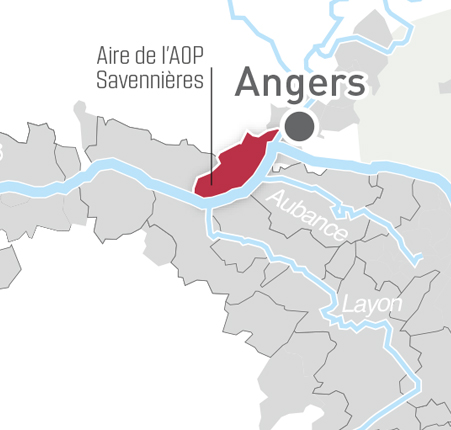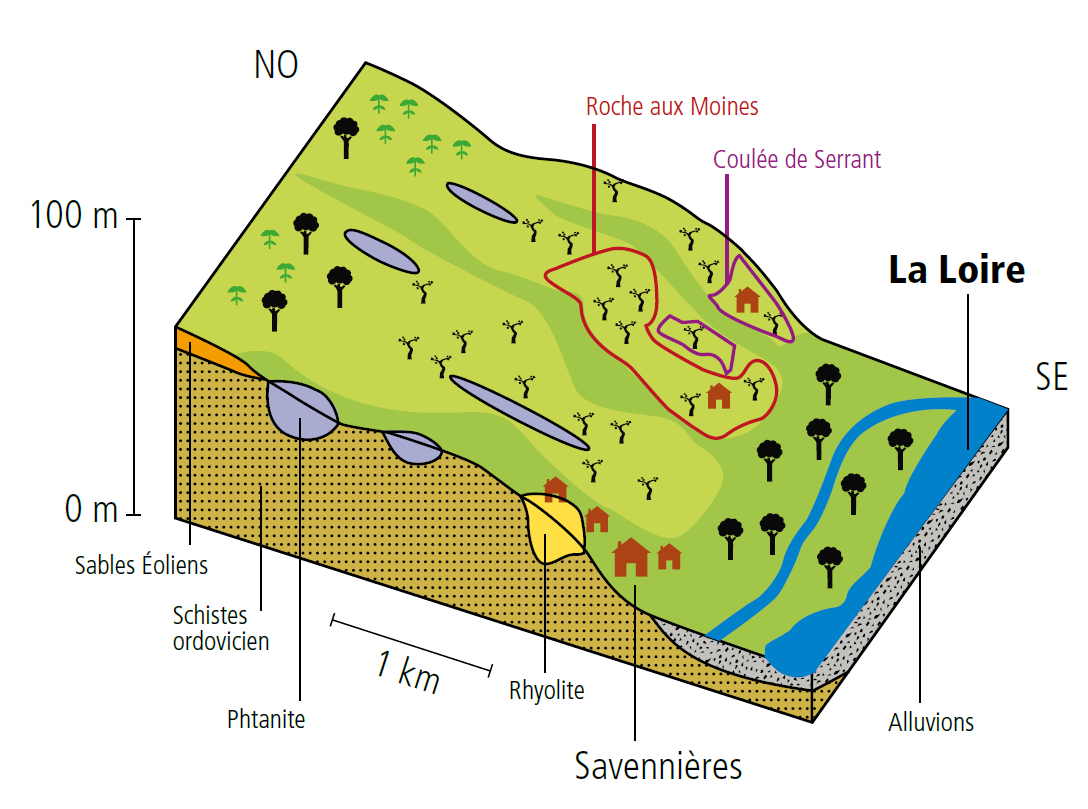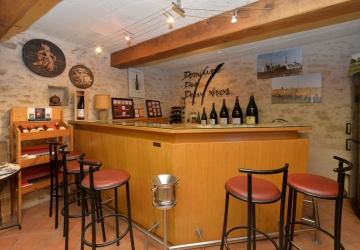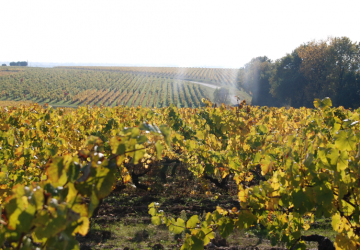Retour à la carte
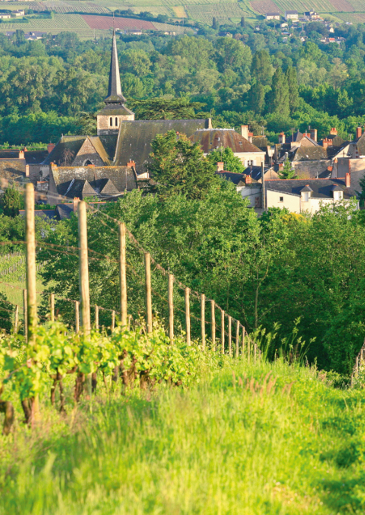






 5 years +
5 years +
SAVENNIERES

Région de production
Did you know ?
Climate

Soil type
Varietals

Colour(s) and Style(s)

Annual Production*

Producers

Basic Yield

Conservation
 5 years +
5 years +
Food and Wine Parings
Degustation
Oeil
Nez
Bouche
*Moyenne annuelle sur les 5 dernières années


